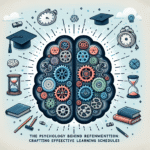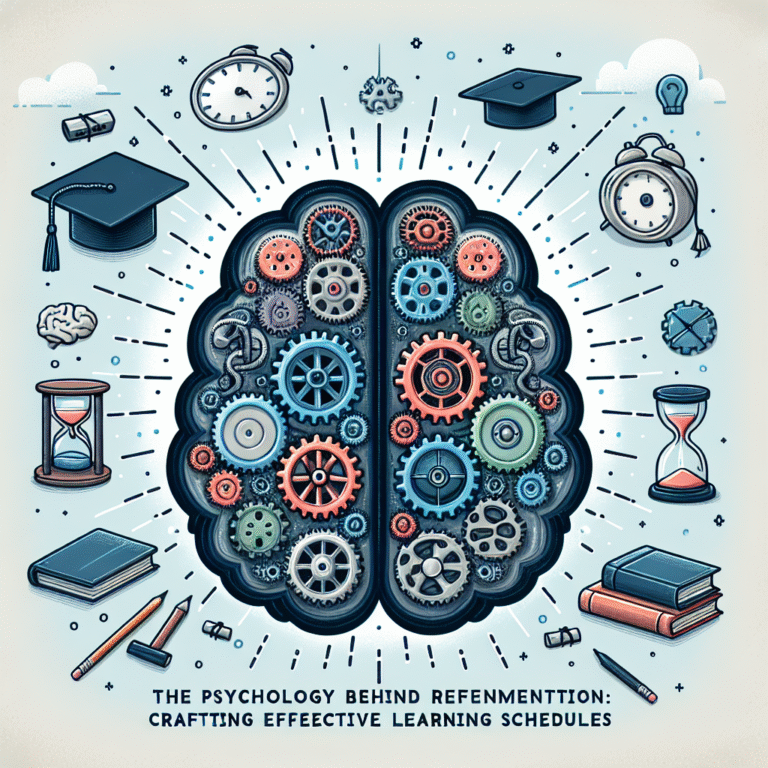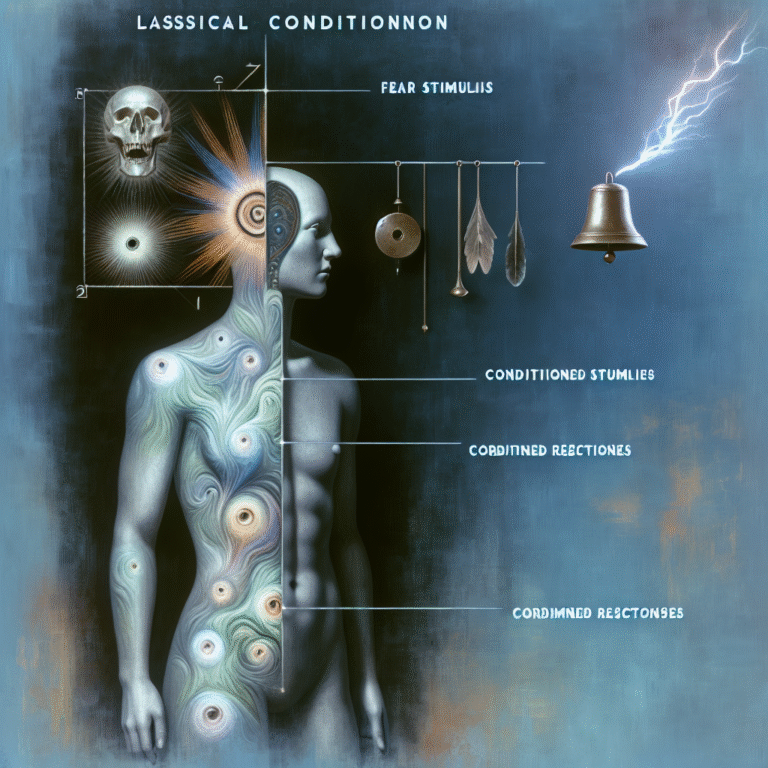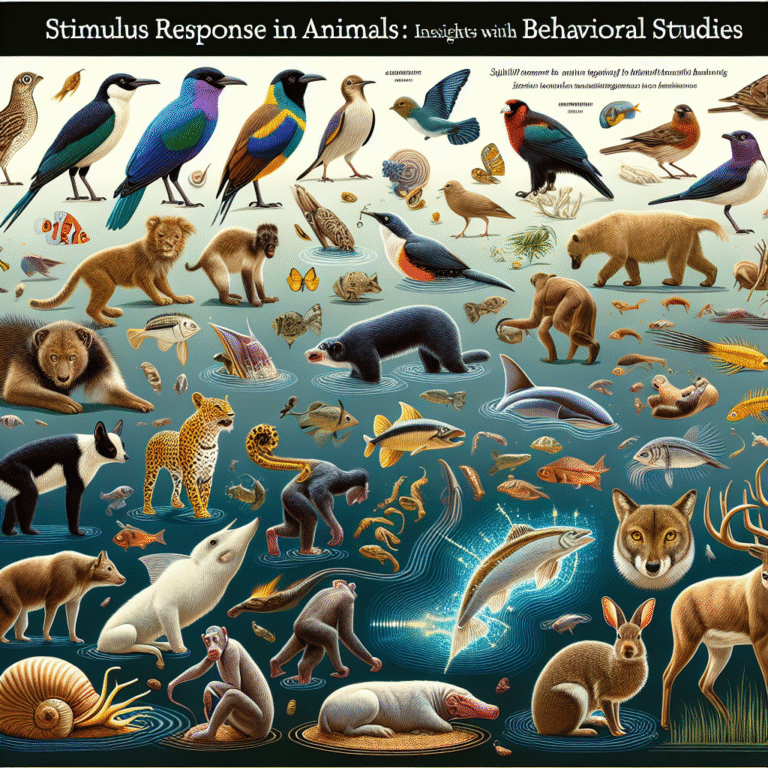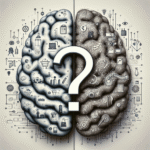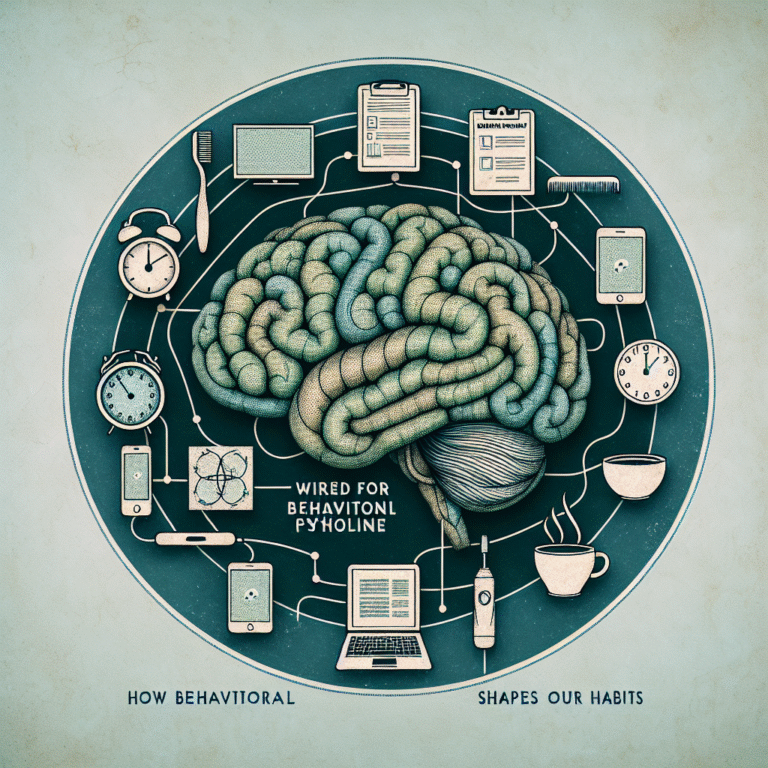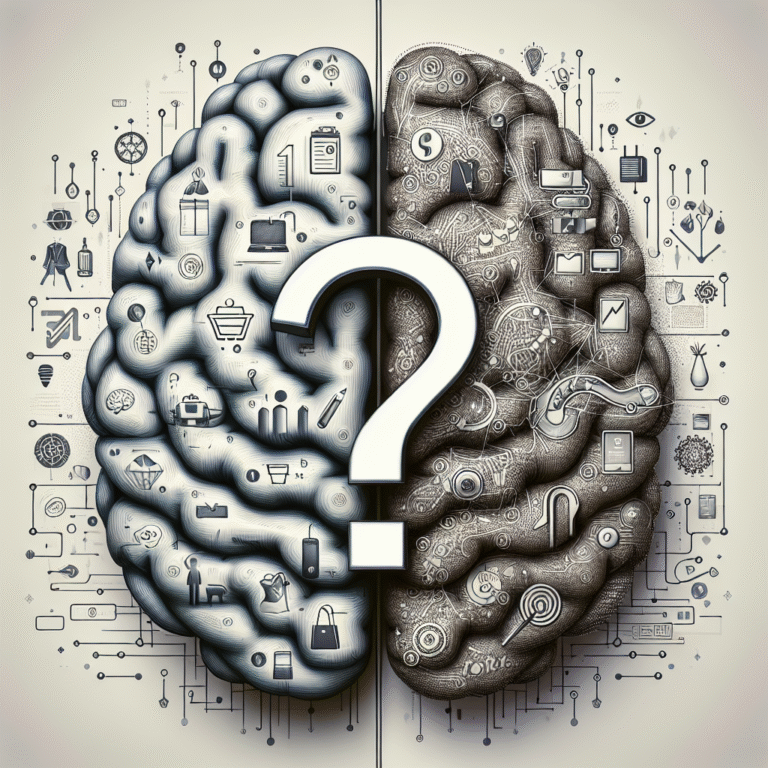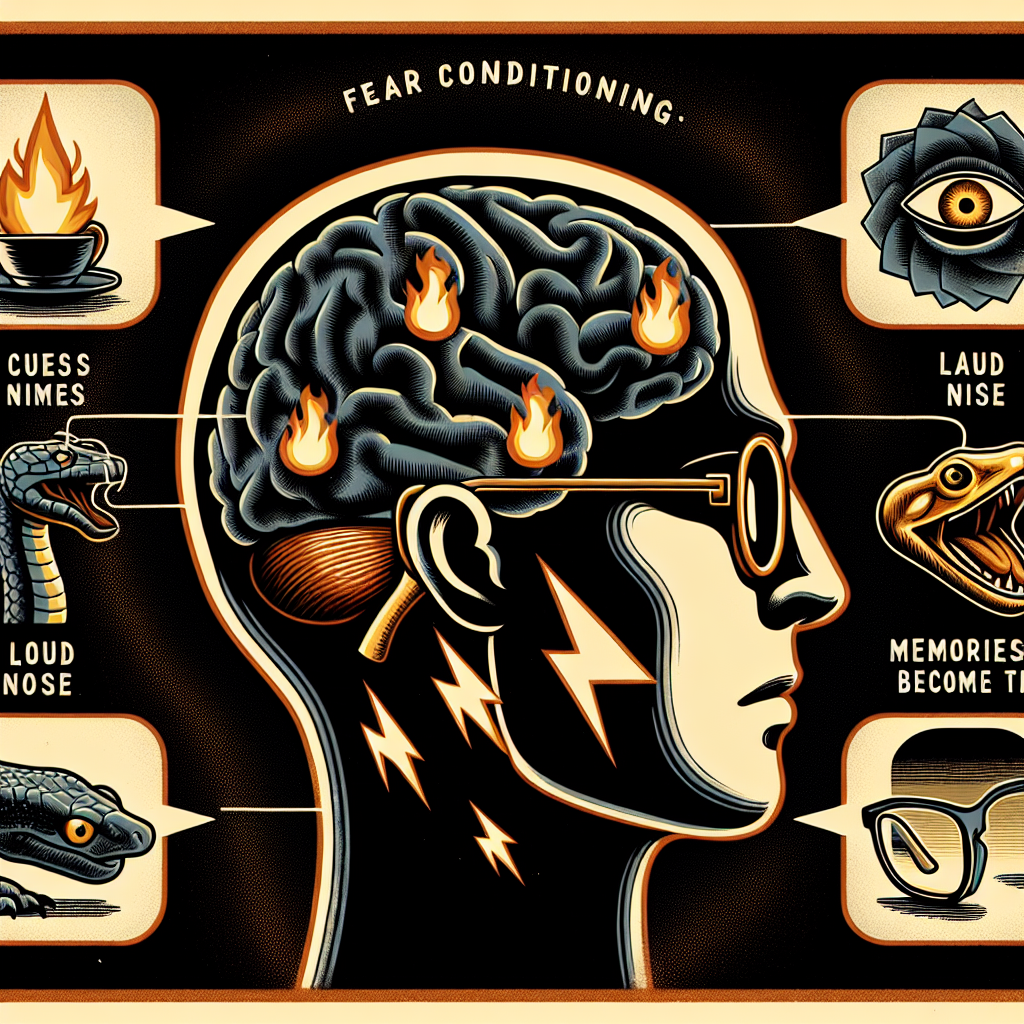
Introduction
Imagine this: a simple sound, perhaps a door slam, sends you spiraling into a whirlwind of anxiety or panic. You find yourself paralyzed, heart racing, and sweat beading on your forehead, with no logical explanation. This visceral reaction comes not from a present danger, but rather from a memory—a connection forged through Fear Conditioning: When Memories Become Triggers. Understanding this intricate psychological process is not just fascinating; it’s essential for countless individuals grappling with anxiety disorders, PTSD, and phobias. In this compelling guide, we will explore fear conditioning’s depths, examining how our memories become triggers and offering insights to empower our understanding and healing.
Understanding Fear Conditioning
What is Fear Conditioning?
Fear conditioning is a behavioral paradigm in which an initially neutral stimulus becomes associated with an aversive event, leading to heightened fear responses. This process, studied extensively in psychological and neurological research, operates on the principle that repeated pairings of a neutral stimulus with an unconditioned stimulus (one that naturally provokes a fear response) create a lasting association.
The Components of Fear Conditioning
- Neutral Stimulus (NS): Initially produces no specific response.
- Unconditioned Stimulus (US): Instinctively triggers a fear response.
- Conditioned Response (CR): The learned reaction to the previously neutral stimulus, now linked to the memory of the unconditioned stimulus.
The Mechanism Behind Fear Conditioning
Fear conditioning primarily occurs in the amygdala, an almond-shaped cluster of nuclei in the temporal lobe. The amygdala assesses threats and generates fear responses, enabling survival. This rapid processing ensures that individuals can respond quickly to dangers, but it also means vulnerabilities in how we learn from our experiences.
Evolutionary Perspective
From an evolutionary standpoint, fear conditioning has played a crucial role in human survival. Understanding this process is pivotal as it highlights how our ancestral experiences shape modern psychological responses. Imagine early humans avoiding predators; the sounds, sights, and smells associated with dangers were critical in ensuring survival.
Real-World Applications of Fear Conditioning
Case Study 1: PTSD in Veterans
One poignant example of fear conditioning is found in veterans suffering from Post-Traumatic Stress Disorder (PTSD). After exposure to combat, veterans develop heightened fear responses to stimuli reminiscent of traumatic events, such as loud noises or crowded spaces. Research has shown that these conditioned responses significantly undermine mental well-being.
Analysis: Addressing Triggers
By understanding the mechanisms of fear conditioning, therapists can employ techniques such as exposure therapy, wherein the individual is gradually exposed to fear-inducing stimuli in a controlled manner. This process aims to retrain the brain’s associations and reduce unwanted fear responses, leading to improved quality of life.
Case Study 2: Phobias in Children
Another striking case is the development of phobias in children. A child who experiences a frightening encounter with a dog may subsequently develop a phobia of all dogs. The conditioned response is not solely limited to an external threat but extends to any related stimulus, which is why even the sight of a dog can elicit anxiety.
Analysis: Early Interventions
Identifying fear conditioning in children can lead to early interventions that help dismantle these learned fears. Cognitive-behavioral therapy (CBT) has been particularly effective in addressing such phobias by altering the child’s thought patterns concerning their fears.
The Science of Fear Conditioning
Neurobiology of Fear Responses
Understanding the neurobiology behind fear conditioning not only informs treatment options but also enhances our knowledge of memory systems. Certain neurotransmitters, like dopamine and norepinephrine, play pivotal roles in encoding fear memories, which can be later triggered by similar stimuli.
The Role of Memory in Triggering Fear
Memories are complex constructs, serving as both vaults of past experiences and potential sources of future reactions. When a specific memory is accessed, it can activate physiological responses associated with that experience. This profound link highlights why Fear Conditioning: When Memories Become Triggers is such a potent phrase in understanding anxiety and fear.
Overcoming Fear Conditioning: Strategies and Techniques
Behavioral Therapies
-
Exposure Therapy: Gradually introducing individuals to fear-inducing stimuli helps desensitize their conditioned responses.
- Cognitive Behavioral Therapy (CBT): Focuses on changing maladaptive thought patterns associated with fear responses.
Pharmacological Approaches
Some individuals benefit from medications to manage anxiety symptoms. SSRIs (selective serotonin reuptake inhibitors) and benzodiazepines may help alleviate acute anxiety, providing breathing room to engage in therapeutic practices.
Mindfulness and Relaxation Techniques
Incorporating mindfulness practices, such as meditation and controlled breathing, can ground individuals in the present moment, reducing the power memory-induced fear has over them. Practicing mindfulness can create a buffer against the jumpy trigger-response cycle of conditioned fear.
Recognizing Triggers: A Practical Approach
Keeping a Fear Journal
One effective technique for recognizing triggers involves maintaining a fear journal. By logging experiences, individuals can identify patterns in their fears and memories linked to emotional responses. This exercise not only clarifies triggers but empowers individuals to address them thoughtfully.
Example Table: Trigger Logging
| Date | Trigger Event | Emotional Response | Coping Strategy Employed |
|---|---|---|---|
| 2023-10-01 | Dog barking | Anxiety | Breathing exercises |
| 2023-10-03 | Fireworks | Panic | Exposure therapy |
Building a Support Network
Another vital strategy is building a supportive network. Friends, family, and professionals can provide encouragement, feedback, and reinforcement as you navigate the complexities of fear conditioning and memory triggers.
Conclusion
Fear conditioning is an intricate aspect of human psychology that affects countless lives, often in deeply personal ways. Understanding Fear Conditioning: When Memories Become Triggers empowers individuals to confront their fears and reclaim their lives. By employing strategies like behavioral therapies, mindfulness, and support systems, we can dismantle the hold of past traumas and memories, allowing for a more fulfilling existence.
Key Takeaway
As you reflect on your own experiences with fear conditioning, remember that knowledge is a powerful tool. Equip yourself with insights and strategies that can mitigate the intensity of your triggers, creating space for growth, healing, and resilience.
FAQs
1. What are the primary causes of fear conditioning?
Fear conditioning typically arises from traumatic experiences, learned behaviors from parents or influencers, and biological predispositions influencing fear responses.
2. How long does it take to unlearn a conditioned fear?
The duration varies significantly between individuals and depends on the severity of the fear response. With consistent treatment and exposure, many notice improvement within weeks to months.
3. Can fear conditioning be detected through brain imaging?
Yes, brain imaging techniques like fMRI can illustrate how the amygdala and other related areas activate during fear responses, providing insight into the conditioning process.
4. Are there hereditary factors related to fear conditioning?
Genetics can play a role in an individual’s susceptibility to anxiety and related fear conditioning, though environmental factors are also significant.
5. Is it possible to condition positive responses in the same way?
Yes! Positive conditioning is a concept used in therapeutic settings, where neutral stimuli can be paired with enjoyable experiences to create positive associations.
By delving into the realms of fear conditioning, we unveil not only the power of memories but also the path to healing. Understanding this process encourages conversations around mental health and opens doors to transformative healing experiences for individuals affected by fear.
